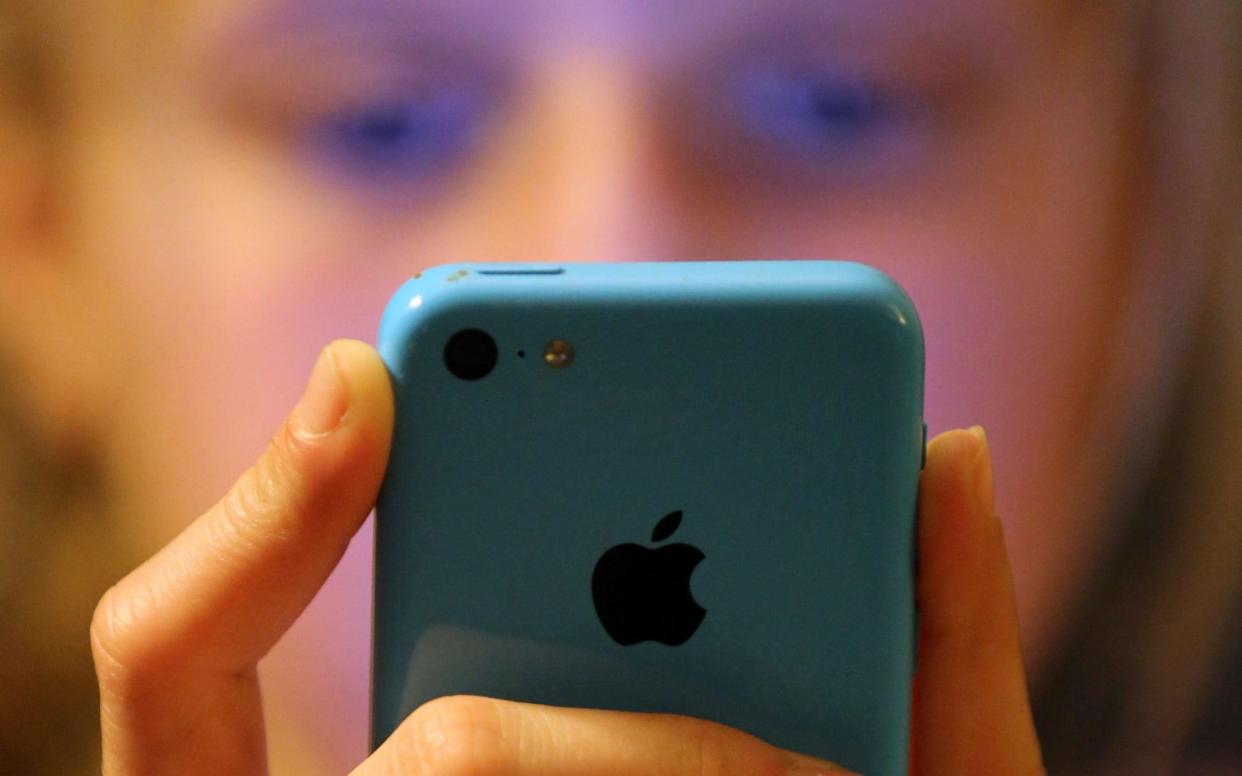Switch off smartphones and computers at bedtime to limit pollution risks says chief doctor

Families should switch off all gadgets at night to prevent potentially deadly risks from light pollution, the Chief Medical Officer has warned.
Dame Sally Davies said exposure to a “daily cocktail of pollutants” – including poor air, light, noise and chemicals – is fuelling tens of thousands of cancer, lung and heart deaths.
And she said a “horrifying” lack of awareness of the dangers meant families were putting themselves at risk on a daily basis.
Her annual report will today make a “clarion call” for urgent action to reduce exposure to pollution, and call for far more research into specific threats, such as that which may be posed by blue light from smartphones.
Dame Sally said air pollution is contributing to around 30,000 deaths annually - a toll which was likely to be far larger if the effects of other contaminants are properly calculated.
Towns and cities in the UK with the worst air pollution
She urged families to take practical steps to reduce the dangers from possible sources of pollution, urging caution over the use of smart phones, until more research into their risks has been carried out.
"People should turn off all ipads, iphones and computers when they go to sleep,” she said, warning that the risks of long-term exposure to moderate levels of pollution remain unknown.
She also urged the public to turn away from single-use disposable plastics, such as coffee cups, suggesting the NHS should “blaze a trail” by phasing them out.
And she urged families to try to minimise possible sources throughout the day - especially by cutting their car use, and being especially careful if they were driving children to school.
In new advice to millions of Britons, she said: "Turn off electronics at bed times, avoid over-using lights, avoid using busy routes, and don’t idle the car outside school on the school run.”
Mobile phone health scares
While most families were aware of the risks of other long-term threats - such as the dangers of a diet filled with junk food, few considered the dangers which may be caused by long-term exposure to modern pollutants, she said.
“What is so horrifying is that we are aware of the risks of tobacco and diet and give advice on it but no one is aware of pollution as a driver [of mortality],” she said.
"As a minimum we know that air pollution is contributing to 29,000 deaths a year in the UK, but that is only air pollution - there is also noise, and light pollution to so the number could well be higher than that,” she said.
The senior doctor called on the Government to set stringent standards on air pollutants, with the public given more information about the best types of home monitoring kits they could buy.
More research was needed to establish what was a reasonably low level of risk, she said.
Lives and years lost to air pollution
"This isn't just about breaching safe levels, its about the long term exposure to moderate levels every day - lights, noise, the shampoos we use,” she said.
“Evidence shows that many pollutants are risk factors for a range of non communicable diseases such as cardiovascular disease, cancer, asthma, and chronic obstructive pulmonary disease,” the report warns.
“We need to investigate the longer-term impacts of lower-level pollution exposure; this exposure is likely to have a significantly deleterious impact at a population level due to the extent of the exposure.”
Calling for better systems of monitoring and surveillance, the report warns of the need to fill “knowledge gaps” such as the impact of light pollution on human health.
“I note there is increasing public and policy concern about the impact of computer/smartphone screen use, and ‘blue light’, upon human health. Research is on-going and this is an important area of investigation, particularly given children’s use of social media via smartphones, increasing their exposure to potential risk,” the report concludes.

